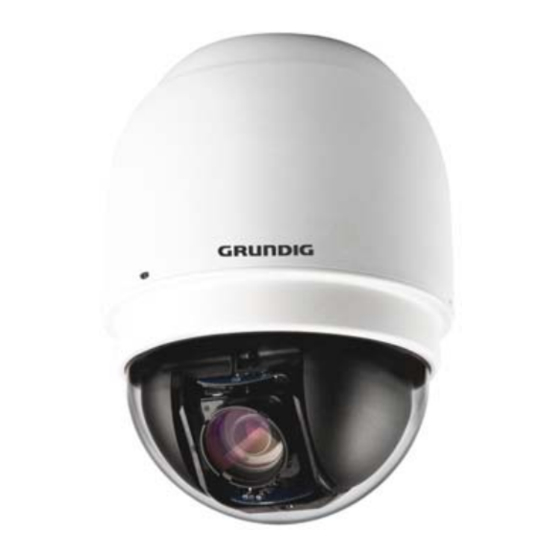
Table of Contents
Advertisement
Owner's Manual
IP Cameras
GCI-K0779P
GCI-K1779P
GCI-K2795P
GCI-C0745P-1
GCI-K0779P.31.1.01.04.2015
© ASP AG
2 MP Full HD Indoor Motorized Dome IP-Camera 18x Zoom
ICR WDR
2 MP Full HD Outdoor Motorized Dome IP-Camera 18x Zoom
ICR WDR
2 MP Full HD Outdoor Motorized Dome IP-Camera 30x Zoom
ICR WDR
Outdoor Motorized Dome IP-Camera 36x Zoom ICR WDR
Advertisement
Table of Contents

















Need help?
Do you have a question about the GCI-K0779P and is the answer not in the manual?
Questions and answers